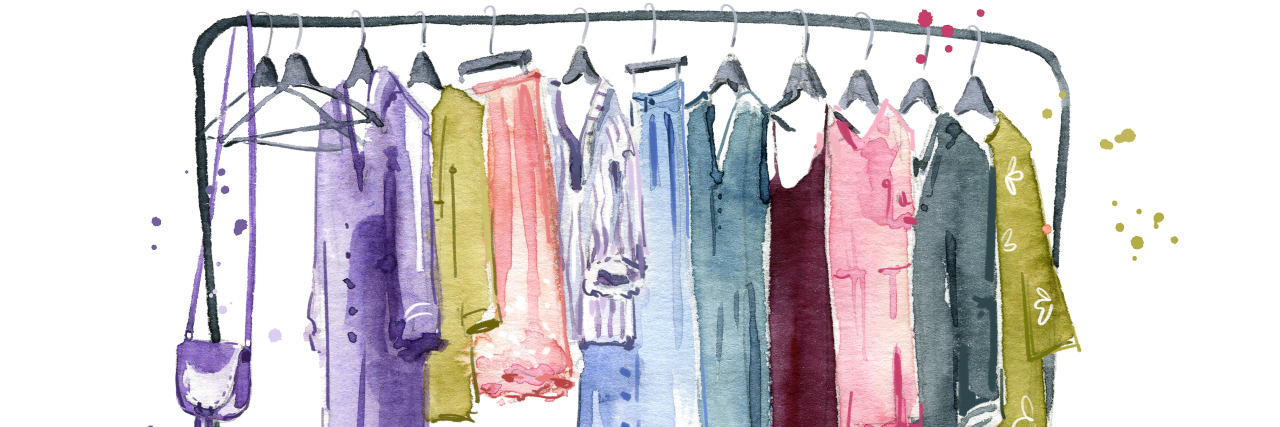I think most people’s introduction to fashion in beauty standards tends to be the dolls we looked at as children. Dolls have historically not reflected the true beauty of empowerment and individuality.
What is beauty and how have we strayed from it? Traditionally, beauty was often supposed to be representative of authenticity. Original artists in cultures around the world often created statues where you can see visible body rolls, stretch marks and cellulite. Artists from the Renaissance period of history would try to use art to capture authentic likenesses and feelings of the people around them, sometimes even receiving backlash from those that commissioned them for being “too accurate.” We often code truth and authenticity with realism in the subject of art.
The change in our beauty standards from truth and realism to harmful misrepresentation of weight, skin tone, ability, scars, physical features, age, and gender norms come from displays of wealth in art. However, most people didn’t and still don’t have access to wealth. According to Google Arts and Culture, “It is not difficult to find displays of wealth in art, since art has aesthetic value only, it was not normally afforded by the poor. Wealthy or powerful people patroned the arts, and in turn the subjects within the art were often wealthy.”
So how does wealth affect modern fashion and body standards? Well according to the Atlantic article Fashion’s Racism and Classism Are Finally Out of Style by Amanda Mull, if we changed the fashion industry, “It would be a world in which you don’t need generational wealth to get your ideas heard. It would be a world in which European fashion conglomerates no longer have a stranglehold on the goods or images the industry creates, or on the revenue it generates. It would be a world in which more people share power, and in which that power isn’t tied to the hoarding of wealth and resources.”
So let’s apply the hoarding of power, wealth and resources to a disabled worldview. For disabled people to be truly accommodated in beauty standards, I believe a few things would have to happen.
1. A shift from the love of wealth to love and empowerment of self. What does this mean? This means promoting and highlighting what is unique about us as people as a positive thing. Our bodies are not made to be vessels of sexualization and oppression. They are meant to house our organs, give us energy, protect us from cancer-causing sunlight, and be biological houses for us to live in. We need to celebrate things about us that are us, including finding unique ways to really celebrate the diversity of our bodies. Including making more adaptive clothing for people with Down syndrome and autism. Sometimes celebrating our bodies means understanding that disabled bodies can come with unique needs, and that is OK.
2. Understanding creative ways to work with what we have. Disabled fashion needs to accommodate and promote self-love for all skin tones, genders and weights, as all kinds of disabled people are beautiful! Disabled fashion culture is often created by disabled people and their families themselves rather than large corporations. This means that the disabled fashion industry can uniquely promote disabled designers as bosses and workers in their own small businesses, which in turn promotes whole community accessibility.
3. Thinking about the messages we are sending. Industry leaders need to start looking towards respecting cultural boundaries and away from cultural appropriation in fashion. This includes promoting multicultural positive imagery so children can grow up seeing themselves and each other as beautiful, and grow into adults who respect each other, encourage people from varying perspectives to collaborate and lead, and understand their own self-worth.
Promoting positivity in media, fashion, and the world as a whole has never been more crucial, especially as our world youth are imploring us to be more inclusive cross-culturally and provide accessibility. Thank you for reading and hopefully thinking about how we can work on respectful fashion and beauty standards.
Getty image by Kameshkova.

